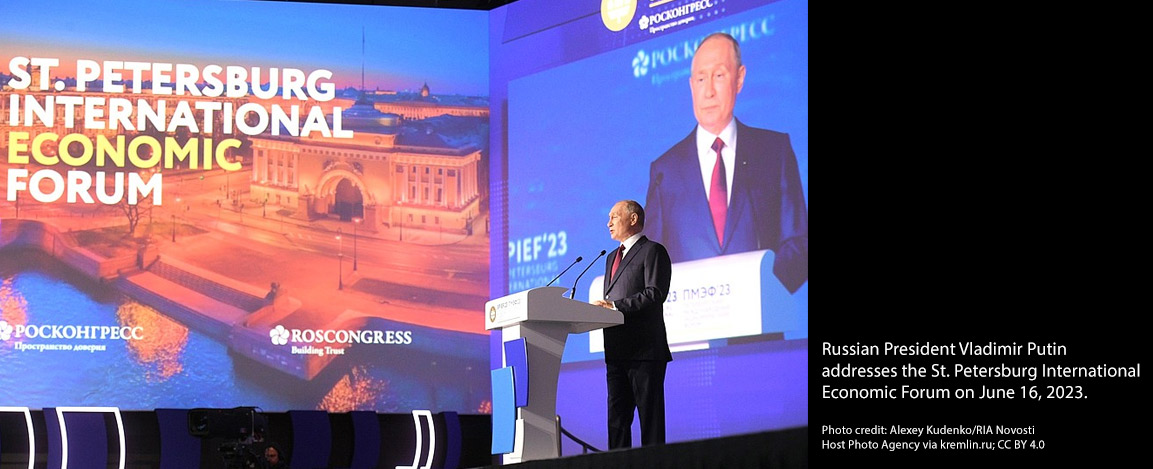Caileigh Glenn is a Grand Strategy, Security, and Statecraft Fellow in the Security Studies Program at CIS. Her research examines government responses to financial sanctions and the use of finance in foreign policy. In this article, originally published here by Lawfare, she analyzes the limits of sanctions and how they might be made more effective. An excerpt is featured below.
The United States, the European Union, and other states lean heavily on financial and economic sanctions to shape the behavior of various adversaries and human rights violators. Governments whose citizens are designated for sanctions, therefore, have incentives to implement sanctions safeguards.
The Russian government evaluated its defenses against US sanctions and took steps to sanctions-proof itself both before and after its invasion of Ukraine in February 2022. In a recent article for the Washington Quarterly, I define sanctions-proofing as “actions designed to insulate a government from the constraints of sanctions … to limit both the exposure of the government to sanctions and the influence of sanctions on government decision-making.” Despite the Russian government’s efforts, the unprecedented sanctions imposed on Russia in February 2022 have constrained the Russian government’s access to necessary Western resources. The government’s sanctions-proofing success appears mixed at best. This is because the influence of the U.S. dollar on international markets, the reach of multilateral sanctions, and the speed with which the United States and its allies imposed coordinated sanctions challenged the strategies implemented by the Russian government to sanctions-proof itself.
In 2014, after the invasion of Crimea, the United States, the European Union, Canada, Japan, and Australia imposed targeted financial sanctions on actors working with the Russian government in Crimea. Eight years later, after the invasion, these countries and the United Kingdom imposed financial and trade sanctions targeting firms in key sectors of Russia’s economy and Russia’s foreign currency reserves. The United States continues to impose secondary sanctions—sanctions on actors in third-party countries who are alleged to have aided sanctioned actors in Russia—as a means of supporting the primary sanctions on Russian firms and individuals.
Russia pursued four sanctions-proofing strategies in the years between its annexation of Crimea in 2014 and its full-scale invasion of Ukraine in 2022. The government (a) implemented a “Russification” policy to protect potential sanctions targets, (b) sought new economic and political partnerships, (c) retaliated against the countries imposing sanctions, and (d) attempted de-dollarization.
Other states could adopt the same sanctions-proofing playbook. These strategies are not unique to Russia. Other states whose citizens and firms are at risk of sanctions have incentives to engage in sanctions-proofing. But assessing Russia’s sanctions-proofing strategies reveals that success in that endeavor is difficult to achieve. Though many of Russia’s efforts to mitigate the influence of sanctions have been undermined by the scale and scope of the sanctions regime, its reliance on partnerships with non-sanctioning countries has emerged as a worthwhile strategy that other states facing sanctions may emulate.
Read the full article here.




